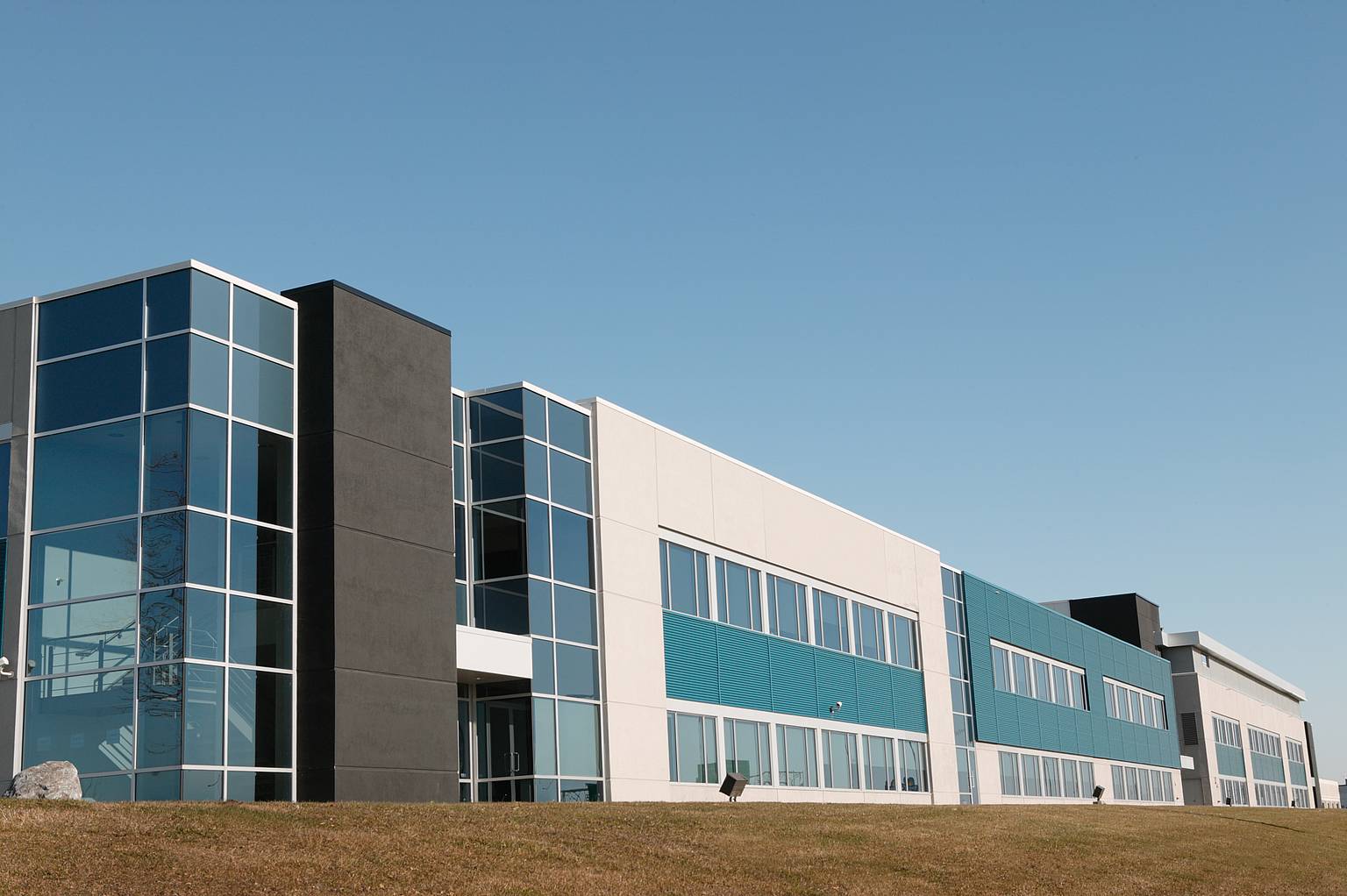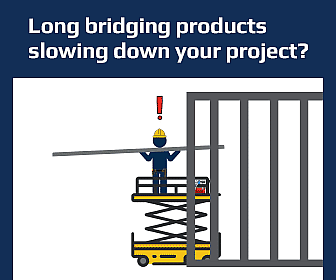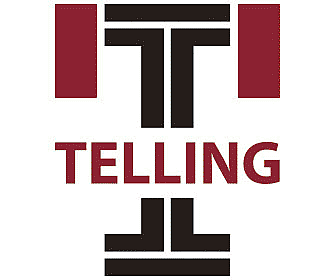With a new year opening up before us like a yawning portal into a new and daunting dimension, I am compelled to succumb to a reflexive tug for throwing out a pithy prediction or two for estimators—especially light commercial estimators—to ponder.
First, we can expect the healthcare sector to continue its long-standing immunity to the slings and arrows of a fluctuating economy. The rising demand for more and better facilities stems from multiple realities, with two standouts being demographic and historical in nature. As always, a spontaneous response refers to the aging of the baby boomer generation (ages 60 to 78), and their growing medical needs due to a natural decline in physical wellness. But add to that the millennials (ages 44 to 59) who are becoming similarly vulnerable to age-related illnesses, and it becomes clear that a huge segment of the U.S. population is requiring additional health care with the onset of advancing maturity.
The historical element in this twofold phenomenon lies with the recent pandemic, and the stark reality that existing facilities fell woefully short of the ability to respond adequately to that catastrophe. Large corporate health care conglomerates are expanding capacities to defend against any repeat of that dark chapter. Admittedly, this projection of another robust construction year in the health care sector is a pretty safe one.
My second prediction is merely a consequence of the first: that smaller commercial drywall subcontractors will attempt to enter into the heretofore untested waters of the health care sector. Clearly, this projection is equally intuitive. As other less complex subdivisions of our industry start to wither (such as the tenant improvement segment already has), the natural draw toward a growing (and more lucrative) sector will become harder to resist.
But history dictates that a leap into health care by a small sub may prove to be his undoing unless armed with some well-considered precautions. Financial standing along with the ability to be bonded and sufficiently insured may present some formidable barriers to entry for an upstart sub who aspires to running with the big dogs. Subs without substantial monetary support might do well to perform on smaller facilities, such as medical office buildings and single-floor clinics—projects that include hospital qualities without the volume of a full-blown hospital tower.
Why? Typical conditions that are associated with health care projects include assemblies such as full-height and fully caulked smoke walls, sound-absorbing components, wall protection (corner guards and backing for crash rails), heavy gauge door jamb framing, impact-resistant board, security mesh for pharmacies, lead-lined board for X-ray rooms, mold-resistant products, gasketed ceiling grid, clean-room ceiling tile, backing for curtain tracks and headwall details, just to name a few potential stumbling blocks for the less experienced contractor. Such components that are somewhat unique to the field may not receive the emphasis in the drawings that a neophyte estimator would notice or expect, but a bidmeister who has a comfortable familiarity with health care work would see that they are implied in the documents and would include them as a matter of course.
Similarly, the above-ceiling MEP work on a typical hospital project can provide a nearly insurmountable obstacle for a metal stud framer. Health care realities such as expansive HVAC systems, supplemental plumbing for medical gases, extensive data cabling, structural assemblies for special lighting and hundreds of miles of electrical piping to power it all contribute an arduous impediment to erecting those aforementioned full-height smoke and sound partitions.
But formidable barriers to entry notwithstanding, many smaller commercial drywall subs will still heed the seductive siren call to make a shift to the health care sector. What sage advice might these drywall daredevils benefit from? First, as previously stated, they should seriously consider securing and performing a few smaller and less sophisticated projects to gain some needed experience with the unique assemblies encountered in health care construction. But an astute contractor—one who is willing and able to make an investment—would do well to consider hiring an estimator who has extensive experience in bidding health care projects. This would give the adventuresome sub an up-front opportunity to procure and effectively perform a sizeable health care venture.









